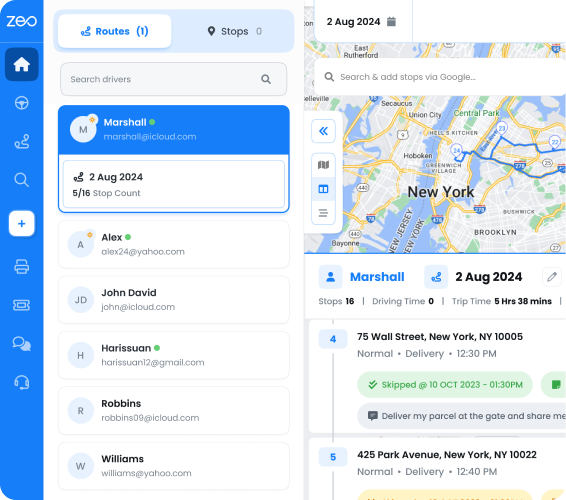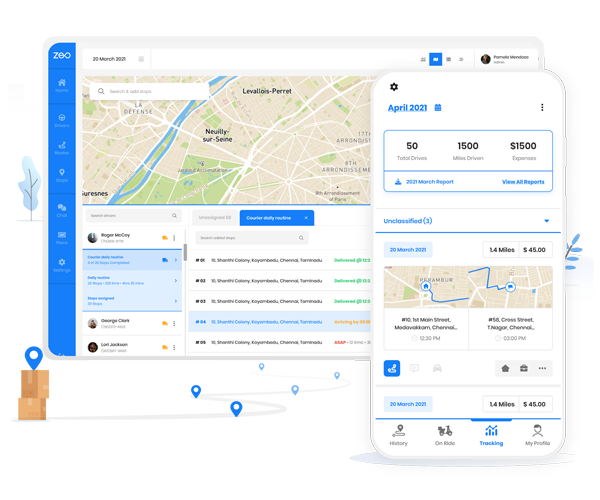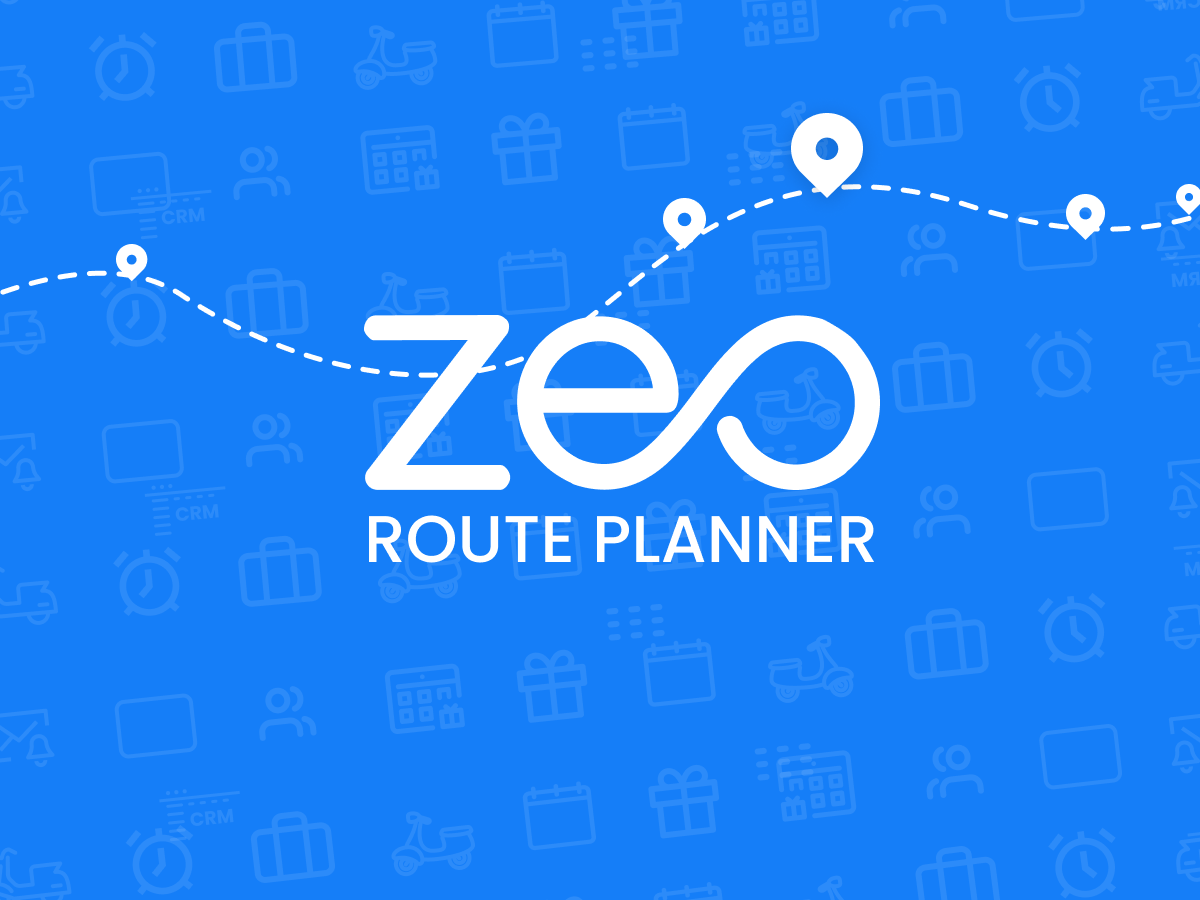Investing in a new warehouse is smart for businesses that need additional space to store and distribute their products. Warehouses generally help optimize operations and increase overall productivity while providing an organized and secure setting for inventory management.
However, there are a lot of factors like warehouse location, purpose, staffing, and more to keep in mind before you invest in one. If you are looking for a new warehouse for your business, you are at the right place. Here, we will cover the major aspects you must consider before investing in a new warehouse.
Types of Warehouses
Before diving into the criteria for selecting a warehouse, let us explore the different types of warehouses to understand their purposes better.
- Manufacturing
This type of warehouse is primarily owned and operated by a manufacturing company. A manufacturing warehouse typically stores raw materials, in-process goods, and finished products. The location of such warehouses is ideally adjacent to a manufacturing facility. - Distribution
A company generally uses a distribution warehouse to store finished goods and distribute them—typically owned and operated by a third-party logistics operator or a business’s logistics department. The design and infrastructure of such a warehouse help efficiently manage inventory and facilitate the easy movement of goods. - Public
This type of warehouse provides handling and storage services to companies on a rental basis. Usually, a third-operator logistics operator owns and operates a public warehouse.
A public warehouse can be the ideal choice if you are operating a small-medium-sized business that doesn’t require a huge amount of space within a fixed budget. - Private
A private warehouse is owned and operated by a company for its own use. Large companies with a generous warehousing budget usually go for this type. It helps them maintain complete control over their inventory and provides adequate storage space. - Climate-Controlled
This warehouse type is designed to maintain a consistent temperature and humidity level. It is ideal for temperature-sensitive products like pharmaceuticals, packaged foods, and electronics. Such a warehouse uses air conditioning, heating, ventilation, and dehumidifier systems to maintain the climate-sensitive items properly.
Critical Things to Keep in Mind When Investing in a Warehouse
Here we will explore the top criteria you must remember regarding your business needs before investing in a warehouse.- Purpose
This is the first criterion to consider when investing in a warehouse. This will help you consider a warehouse based on your requirements: manufacturing, storage, or distribution. A clear purpose will help you effectively plan the warehouse’s layout, size, and features for maximum functionality. - Location
A warehouse close to the primary transportation hubs such as highways, airports, and seaports can help facilitate the easy movement of goods. The proximity of the warehouse to the suppliers and customers and the availability of labor in the area are two more factors that need to be considered when looking for an ideal warehouse location. - Capacity
The capacity of a warehouse is another significant criterion to consider. It should offer an adequate space to store and manage your inventory and meet all your storage needs. The height of your new warehouse should also be considered for the accommodation of shelving and racking systems. - Accessibility
The accessibility to your warehouse plays a key role in your business. A highly accessible warehouse will make loading and unloading items from trucks and other vehicles easier and have ample parking space for employees and visitors. Furthermore, the warehouse should have the provision for ramps, loading docks, and other loading and unloading equipment. - Staffing
You must consider if your existing employees will be sufficient or if you will need to hire new ones. Staffing is a major aspect when choosing a warehouse, as you will need to survey the availability of labor in the area along with the cost of labor. - Financing
Financing is a major aspect to keep in mind before investing in a warehouse. Consider whether you will be purchasing or leasing the property, and accordingly, go through the terms and conditions. Also, consider the taxes and cost of insurance associated with it. - Structural Condition
The thorough inspection of the structural condition and consideration of the age of the building plays a huge part in cutting down additional expenses. A warehouse with no major damage or issues will save money and allow easy renovations per your business needs. - Hazards
Potential hazards like flooding, fire, or other environmental hazards can pose a threat to your business. If you get a hint of such hazards, take the necessary steps to mitigate those risks. Furthermore, install safety systems such as smoke detectors, sprinklers, security systems, and more to ensure the safety of your employees.

increase fuel savings
Save $200 on fuel, Monthly!
Optimize routes with our algorithm, reducing travel time and costs efficiently.
Get Started for Free
Bottomline
The warehouse is an important aspect of any business. The warehouse location, type, purpose, and capacity, along with a host of other factors that we have covered here, play a huge role in promoting business operations.
Before looking for one, consider all the criteria, as it will help you in the long run. Moreover, if you run a fleet of delivery vehicles and need to manage many drivers daily, consider checking out our product: Route Planner for Fleets. This product helps increase business productivity by assisting in driver and route management. You can book a demo today.
Read more: The Role of Route Optimization in E-Commerce Delivery.

Are you a fleet owner?
Want to manage your drivers and deliveries easily?
Grow your business effortlessly with Zeo Routes Planner – optimize routes and manage multiple drivers with ease.

increase fuel savings
Save $200 on fuel, Monthly!
Optimize routes with our algorithm, reducing travel time and costs efficiently.
Get Started for Free























